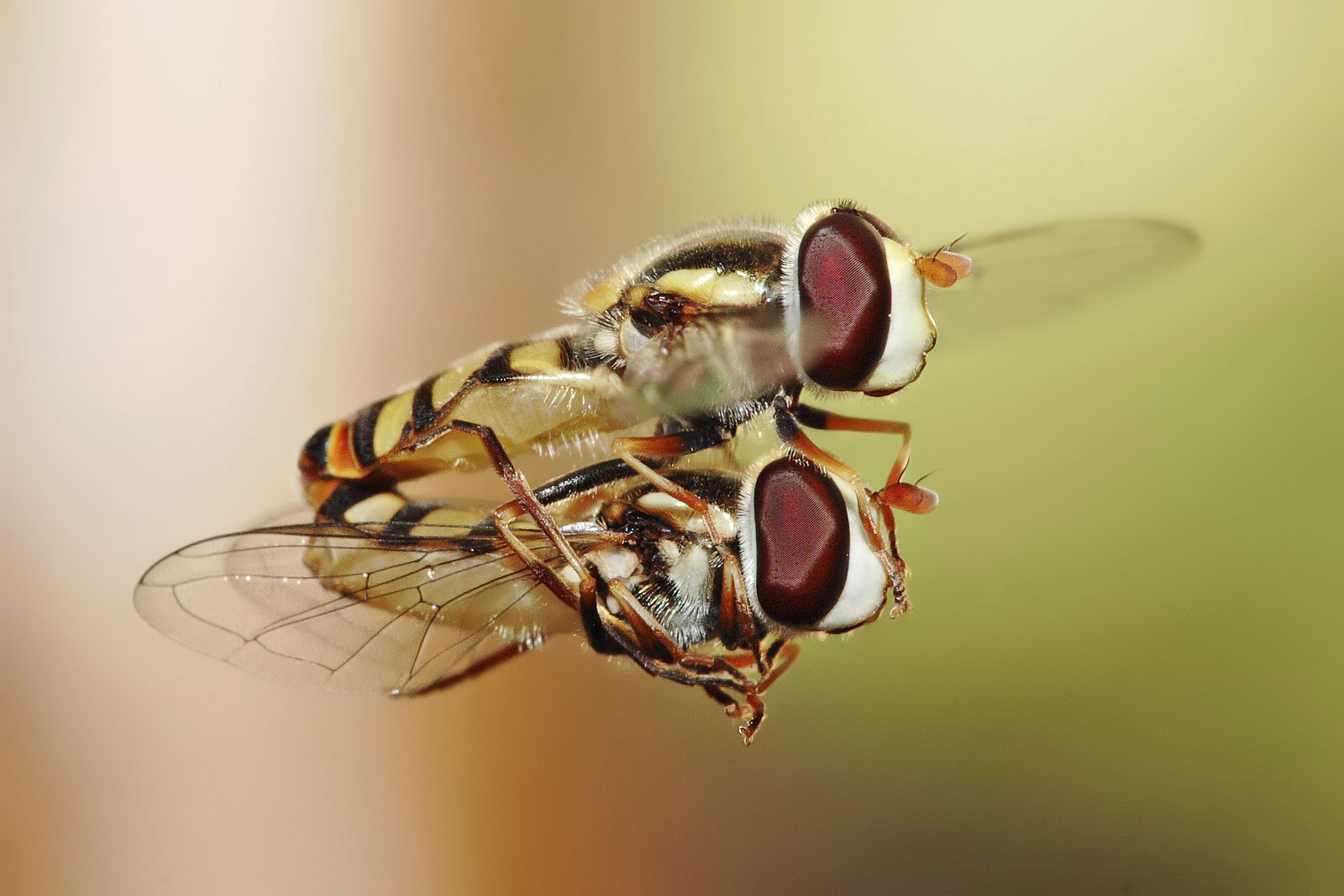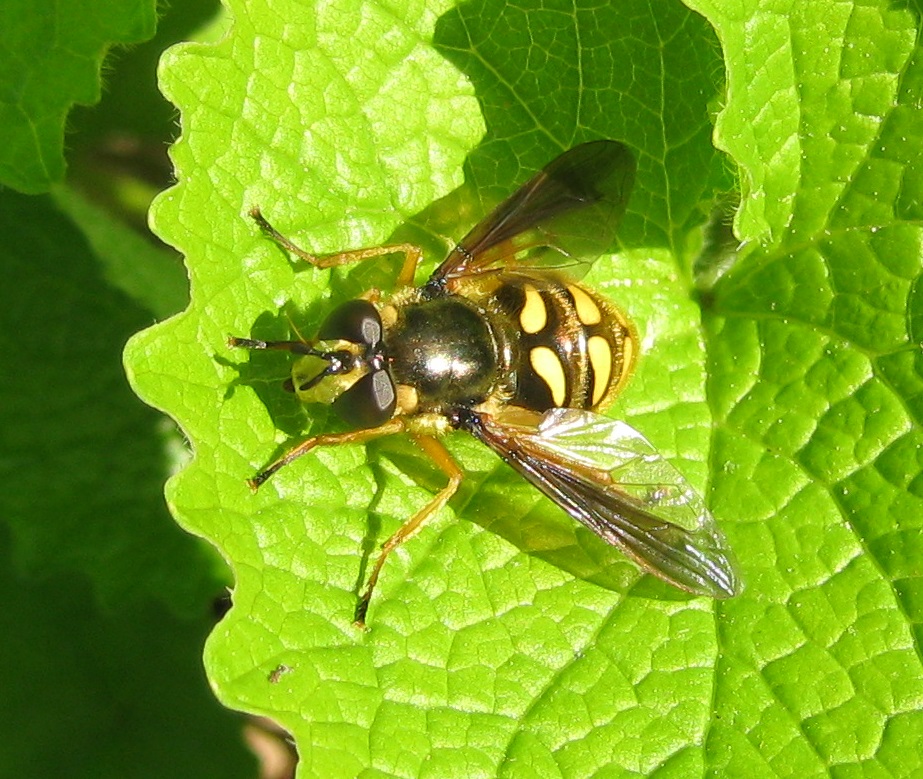|
Tropidia Coloradensis
''Tropidia coloradensis'' is a species of hoverfly in the family hoverfly, Syrphidae. Distribution United States. References Milesiini Diptera of North America Taxa named by Jacques-Marie-Frangile Bigot Insects described in 1884 {{Milesiini-stub ... [...More Info...] [...Related Items...] OR: [Wikipedia] [Google] [Baidu] |
Jacques-Marie-Frangile Bigot
Jacques Marie Frangile Bigot (1818–1893) was a French naturalist and entomologist most noted for his studies of Diptera. Bigot was born in Paris, France, where he lived all his life, though he had a small house in Quincy-sous-Sénart, Essonne. He became a member of the Entomological Society of France in 1844, and his first paper was published in its Annals in 1845, as was most of his later work. Bigot was a prolific author, and, like Francis Walker, his work was the subject of much later criticism. Bigot's collection of exotic (extra-European) Tabanidae and Syrphidae was purchased by George Henry Verrall, who gave it to the Natural History Museum in London. The exotic Asilidae and all his European Diptera were presented to the Hope Department of Entomology of Oxford University. The Coleoptera and Hemiptera were presented to the Entomological Society of France by A. P. Mauppin in 1899. Selected works *1845?- 18—Diptères nouveaux ou peu connus long series in ''An ... [...More Info...] [...Related Items...] OR: [Wikipedia] [Google] [Baidu] |
Hoverfly
Hover flies, also called flower flies or syrphid flies, make up the insect family Syrphidae. As their common name suggests, they are often seen hovering or nectaring at flowers; the adults of many species feed mainly on nectar and pollen, while the larvae (maggots) eat a wide range of foods. In some species, the larvae are saprotrophs, eating decaying plant and animal matter in the soil or in ponds and streams. In other species, the larvae are insectivores and prey on aphids, thrips, and other plant-sucking insects. Insects such as aphids are considered a crop pest, and therefore the aphid-eating larvae of some hover flies serve as an economically (as well as ecologically) important predator and even potential agents for use in biological control, while the adults may be pollinators. About 6,000 species in 200 genera have been described. Hover flies are common throughout the world and can be found on all continents except Antarctica. Hover flies are harmless to most mammals, th ... [...More Info...] [...Related Items...] OR: [Wikipedia] [Google] [Baidu] |
United States
The United States of America (U.S.A. or USA), commonly known as the United States (U.S. or US) or America, is a country primarily located in North America. It consists of 50 U.S. state, states, a Washington, D.C., federal district, five major unincorporated territories, nine United States Minor Outlying Islands, Minor Outlying Islands, and 326 Indian reservations. The United States is also in Compact of Free Association, free association with three Oceania, Pacific Island Sovereign state, sovereign states: the Federated States of Micronesia, the Marshall Islands, and the Palau, Republic of Palau. It is the world's List of countries and dependencies by area, third-largest country by both land and total area. It shares land borders Canada–United States border, with Canada to its north and Mexico–United States border, with Mexico to its south and has maritime borders with the Bahamas, Cuba, Russia, and other nations. With a population of over 333 million, it is the List of ... [...More Info...] [...Related Items...] OR: [Wikipedia] [Google] [Baidu] |
Milesiini
The Milesiini (or Xylotini) is a large and diverse tribe of hoverflies. They mimic wasps or hornets. List of genera *'' Aneriophora'' Stuardo & Cortes, 1952 *''Blera'' Billberg, 1820 *'' Brachypalpus'' Macquart, 1834 *'' Caliprobola'' Rondani, 1845 *'' Chalcosyrphus'' Curran, 1925 *'' Criorhina'' Meigen, 1822 *'' Cynorhinella'' Curran, 1922 *''Deineches'' Walker, 1852 *'' Flukea'' Etcheverry, 1966 *'' Hadromyia'' Williston, 1882 *'' Hemixylota'' Shannon & Aubertin, 1933 *''Lejota'' Rondani, 1857 *''Lycastris'' Walker, 1857 *''Macrometopia'' Philippi, 1865 *''Macrozelima'' Stackelberg, 1930 *''Malometasternum'' Shannon, 1927 *''Matsumyia'' Shiraki, 1949 *''Meropidia'' Hippa & Thompson, 1983 *'' Milesia'' Latreille, 1804 *''Nepenthosyrphus'' de Meijere, 1932 *'' Odyneromyia'' Shannon & Aubertin, 1833 *'' Orthoprosopa'' Macquart, 1850 *'' Palumbia'' Rondani, 1865 *'' Philippimyia'' Shannon, 1926 *'' Pocota'' Lepeletier & Serville, 1828 *''Pterallastes'' Loew, 1863 ... [...More Info...] [...Related Items...] OR: [Wikipedia] [Google] [Baidu] |
Diptera Of North America
Flies are insects of the order Diptera, the name being derived from the Greek δι- ''di-'' "two", and πτερόν ''pteron'' "wing". Insects of this order use only a single pair of wings to fly, the hindwings having evolved into advanced mechanosensory organs known as halteres, which act as high-speed sensors of rotational movement and allow dipterans to perform advanced aerobatics. Diptera is a large order containing an estimated 1,000,000 species including horse-flies, crane flies, hoverflies and others, although only about 125,000 species have been described. Flies have a mobile head, with a pair of large compound eyes, and mouthparts designed for piercing and sucking (mosquitoes, black flies and robber flies), or for lapping and sucking in the other groups. Their wing arrangement gives them great maneuverability in flight, and claws and pads on their feet enable them to cling to smooth surfaces. Flies undergo complete metamorphosis; the eggs are often laid on the la ... [...More Info...] [...Related Items...] OR: [Wikipedia] [Google] [Baidu] |
Taxa Named By Jacques-Marie-Frangile Bigot
In biology, a taxon (back-formation from ''taxonomy''; plural taxa) is a group of one or more populations of an organism or organisms seen by taxonomists to form a unit. Although neither is required, a taxon is usually known by a particular name and given a particular ranking, especially if and when it is accepted or becomes established. It is very common, however, for taxonomists to remain at odds over what belongs to a taxon and the criteria used for inclusion. If a taxon is given a formal scientific name, its use is then governed by one of the nomenclature codes specifying which scientific name is correct for a particular grouping. Initial attempts at classifying and ordering organisms (plants and animals) were set forth in Carl Linnaeus's system in ''Systema Naturae'', 10th edition (1758), as well as an unpublished work by Bernard and Antoine Laurent de Jussieu. The idea of a unit-based system of biological classification was first made widely available in 1805 in the int ... [...More Info...] [...Related Items...] OR: [Wikipedia] [Google] [Baidu] |



_(10144905255).jpg)
